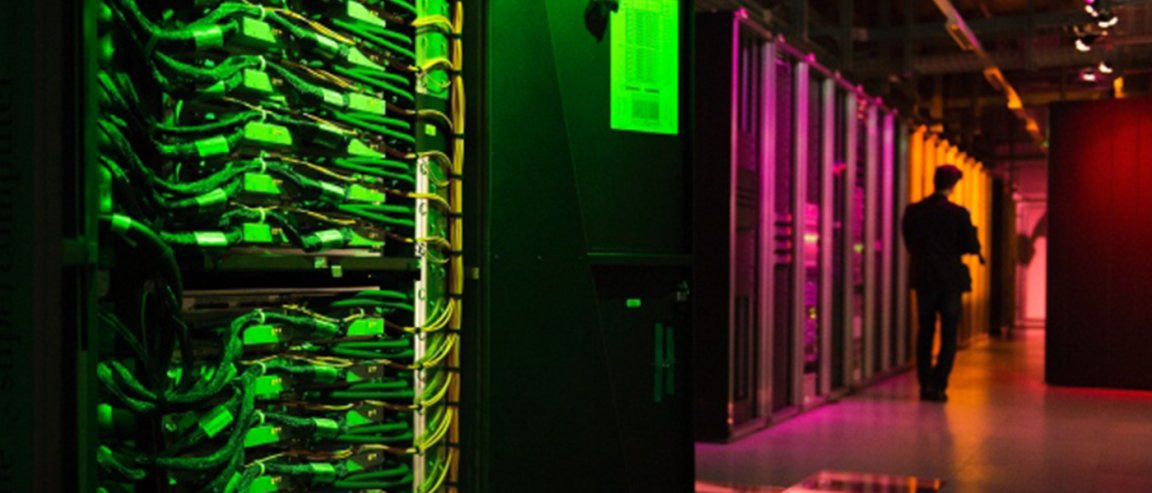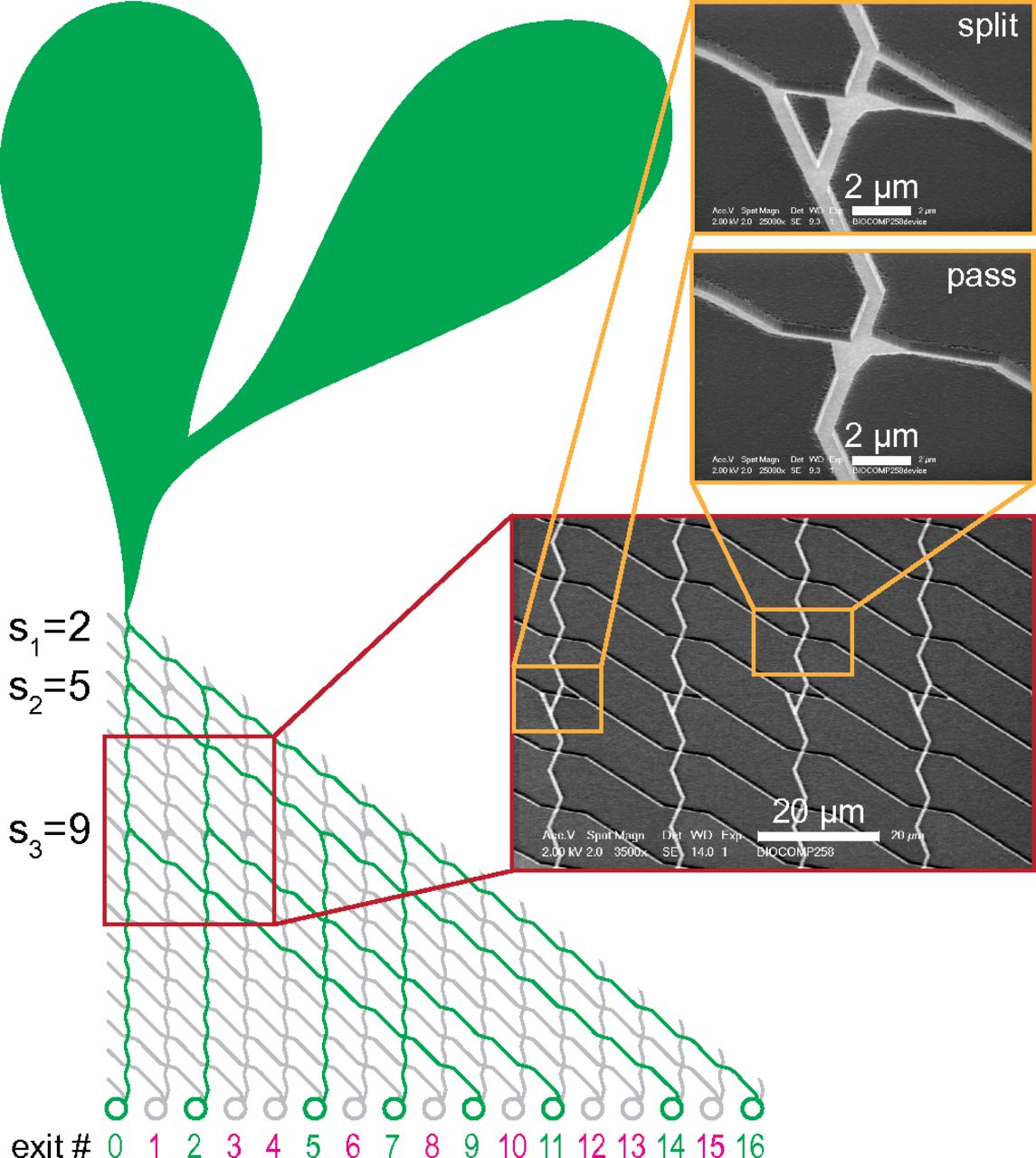
Parallel Computing
Nanotechnologists at Lund University in Sweden have discovered a way to miniaturize the processing power that is found today only in the largest and most unwieldy of supercomputers. Their findings, which were published in the Proceedings of the National Academy of Sciences, point the way to a future when our laptops and other personal, handheld computing devices pack the computational heft of a Cray Titan or IBM Blue Gene/Q.
But the solution may be a little surprising.
These computers will not be like our familiar, electronic variety—they’ll be “biological computers,” machines that rely on the molecular activities of nature’s true nanomachines: cellular organelles.
The computing problem that needed to be solved is an old one, and involves the fact that today’s electronic computers are woefully inadequate when faced with the task of performing multiple computations. In other words, calculations can be tackled sequentially, one after another—a painfully sluggish process that, when faced with mathematical problems of a high order (as computing more frequently is nowadays), is simply not up to it.
The solution is “parallel computing,” essentially slaving processors together to perform multiple calculations simultaneously, thus cracking the problem through sheer computational brute force. This way, these so-called combinatorial problems—those that require many different solutions to be tested—can be resolved at much higher speeds than today’s electronic computers.
Of course, quantum computers, with their bizarre, non-binary “qubits,” are favored contenders to tackle this new frontier of computing; but they’ve proven devilishly hard to build, require technology that’s still in many ways embryonic, and are probably many years, if not decades, away from being brought online.
Not so with biological computing. They are, as the Lund team has shown, easier and less expensive to build (after all, they utilize a technology evolution has already conveniently provided us), and are likely only a decade away from production.
One of the researchers, Heiner Linke, director of NanoLund and a participant in the study, summed it up nicely, “The fact that molecules are very cheap and that we have now shown the biocomputer’s calculations work leads me to believe that biocomputers have the prerequisites for practical use within ten years.”

Molecular Motors and Protein Filaments
The problem with using a conventional computer in a parallel configuration is obvious: scalability and energy use. Simply put, in order to perform multiple calculations, you’ve got to have several large, bulky, energy-sucking computers working at the problem. And there’s nothing miniature and efficient about that.
But the Lund team ingeniously circumvented this problem by using molecular motors, large intracellular molecules capable of performing mechanical work within our bodies—in fact, you’re using them right now to move your eyes and read this story. They’re called myosin, and they’re found in muscle cells; they operate by guiding protein filaments along artificial paths.
It was the insight of the nanotechnologists that this process could be harnessed to execute calculations. “In simple terms, it involves the building of a labyrinth of nano-based channels that have specific traffic regulations for protein filaments. The solution in the labyrinth corresponds to the answer of a mathematical question, and many molecules can find their way through the labyrinth at the same time,” Linke explains.
So rather than bulky computers working in tandem, performing multiple simultaneous computations, you have nano-scale molecular motors doing the same thing. Which means much smaller, and much more powerful, computers.
And these biocomputers are extremely energy-efficient. So efficient that it requires less than one percent of the energy used by an electronic transistor to execute a single computational step.
So while quantum computing may furnish us with the hefty supercomputers of the future, used to solve phenomenal scientific and mathematical problems with almost godlike computing power, our own personal computers may someday squeeze the might of today’s supercomputers into a more modest package.
And all this using nothing more extraordinary than muscle power.